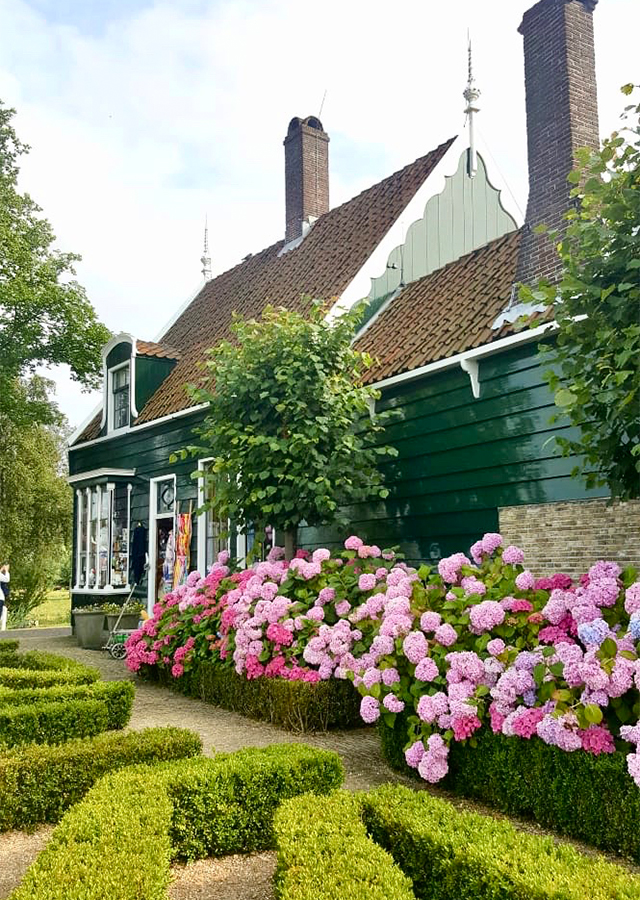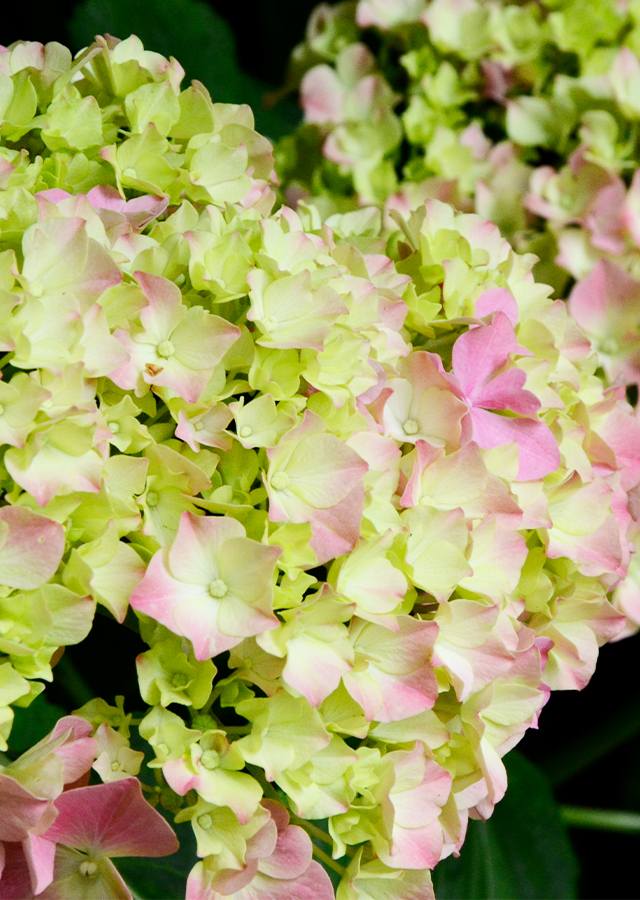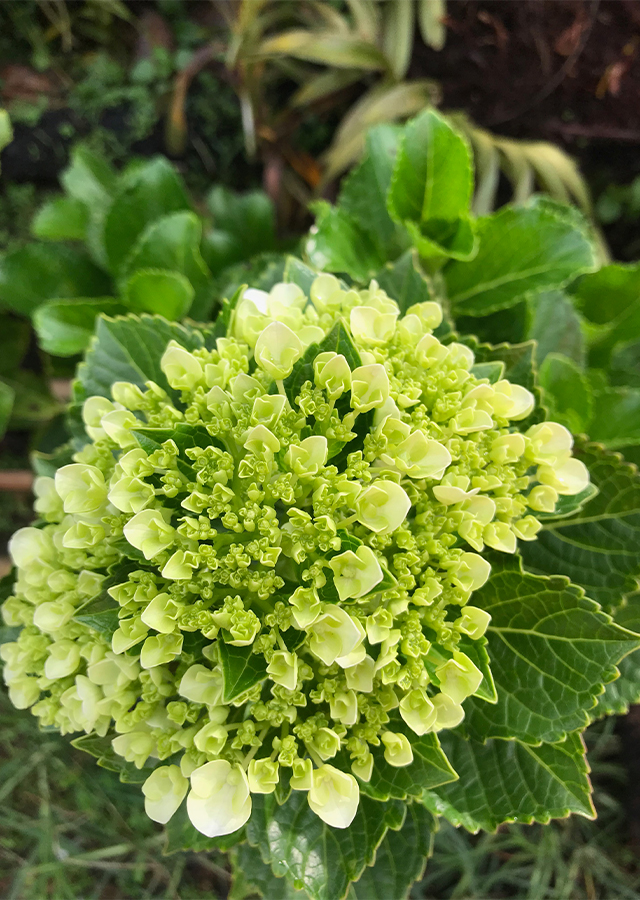Traditional Herbs from Hydrangea macrophylla
diabetes
- Prepare enough hortensia tea leaf powder.
- Boil it with 1 glass of hot water.
- Strain and drink.
malaria
- Take 10 g of hortensia leaves, 15 g of bandotan leaves and \u00bd papaya leaves.
- Wash clean then boil in 500 ml water until 250 ml remains.
- After it cools, strain and drink the water all at once.
- Do it carefully regular.
What is Hydrangea macrophylla Looks like??



Parts of Hydrangea macrophylla that could be used
- Leaves
- Flowers
- Roots
- Stem
Hydrangea macrophylla Distribution
Hortensia is a flowering plant originating from Asia (Japan, China, the Himalayas, Indonesia), North America and South America. Most species originate from Japan and China. Usually planted as an ornamental plant in the yard or in parks. Hortensia leaves can also be used as tea and food flavoring. Young leaves can also be consumed after cooking.Agroecology of Hydrangea macrophylla
It grows ideally in tropical and subtropical areas in the highlands (500-1,500 m above sea level), cool climates with an optimal temperature of 18 ºC, acid-alkaline soil pH (pH 4.5). Likes clay textures and shady environmental conditions and is also tolerant of full sun.
Morphology of Hydrangea macrophylla
- Fabrous roots, brown.
- Stem upright, strong, woody, green.
- Single leaves, stemmed, located opposite each other. Leaf blades are wide and thick, ovate, base and tip pointed, serrated edges, leaf veins pinnate, the surface of the leaves is dark green and the bottom is yellowish green.
- Compound flowers, emerge from the tip of the stalk, forming a rounded series, reaching a diameter of 20 cm. Green (buds), turn white, when they bloom\u00a0they are light blue or pink.
Cultivation of Hydrangea macrophylla
- Generative (seed) and vegetative propagation (stem cuttings, shoot cuttings).
- Stem cuttings, choose stems that are 15 cm long, do not have flowers and are new growth.
Hydrangea macrophylla, more details :
Chemical Content of Hydrangea macrophyllaIsocoumarin, secoiridoid glucoside, phyllodulcin, polyphenols, flavonoids, triterpenoids/steroids, anthraquinones, zeorin, betulinic acid, uridine, thymidine, adenosine, nicotinamide, methyl pyroglutamate, hydrangenol.
Benefits of Hydrangea macrophylla
Treats diarrhea, malaria, diabetes, hair loss, fever, anxiety, sore throat, has anticancer and anti-inflammatory activity, treats urinary tract infections, enlarged prostate and kidney stones.
Simplisia of Hydrangea macrophylla
- Pick fresh leaves that are not rotten.
- Wash them thoroughly then drain them.
- Slice the leaves then dry them in the sun for several days until the water content does not exceed 10%.
- After drying, store them in a container clean.
Another Facts for Hydrangea macrophylla :
Synonym of Hydrangea macrophyllaHortensia japonica J.F.Gmel., Hortensia mutabilis Schneev., Hortensia nigra Carrière
Habitus of Hydrangea macrophylla
Bush. Annual shrub, height reaches 0.5-1 m
Habitat of Hydrangea macrophylla
- Mountains
No comments:
Post a Comment